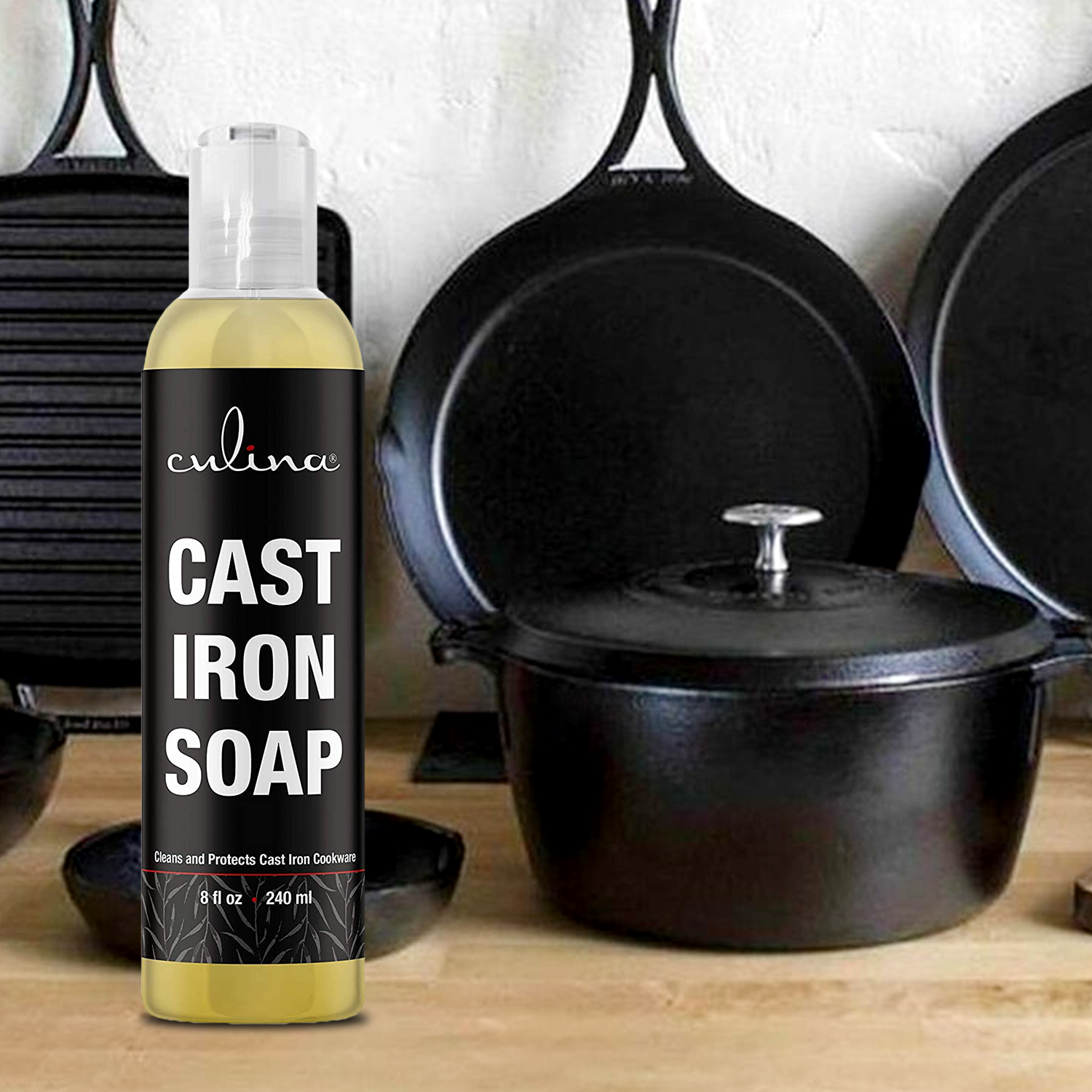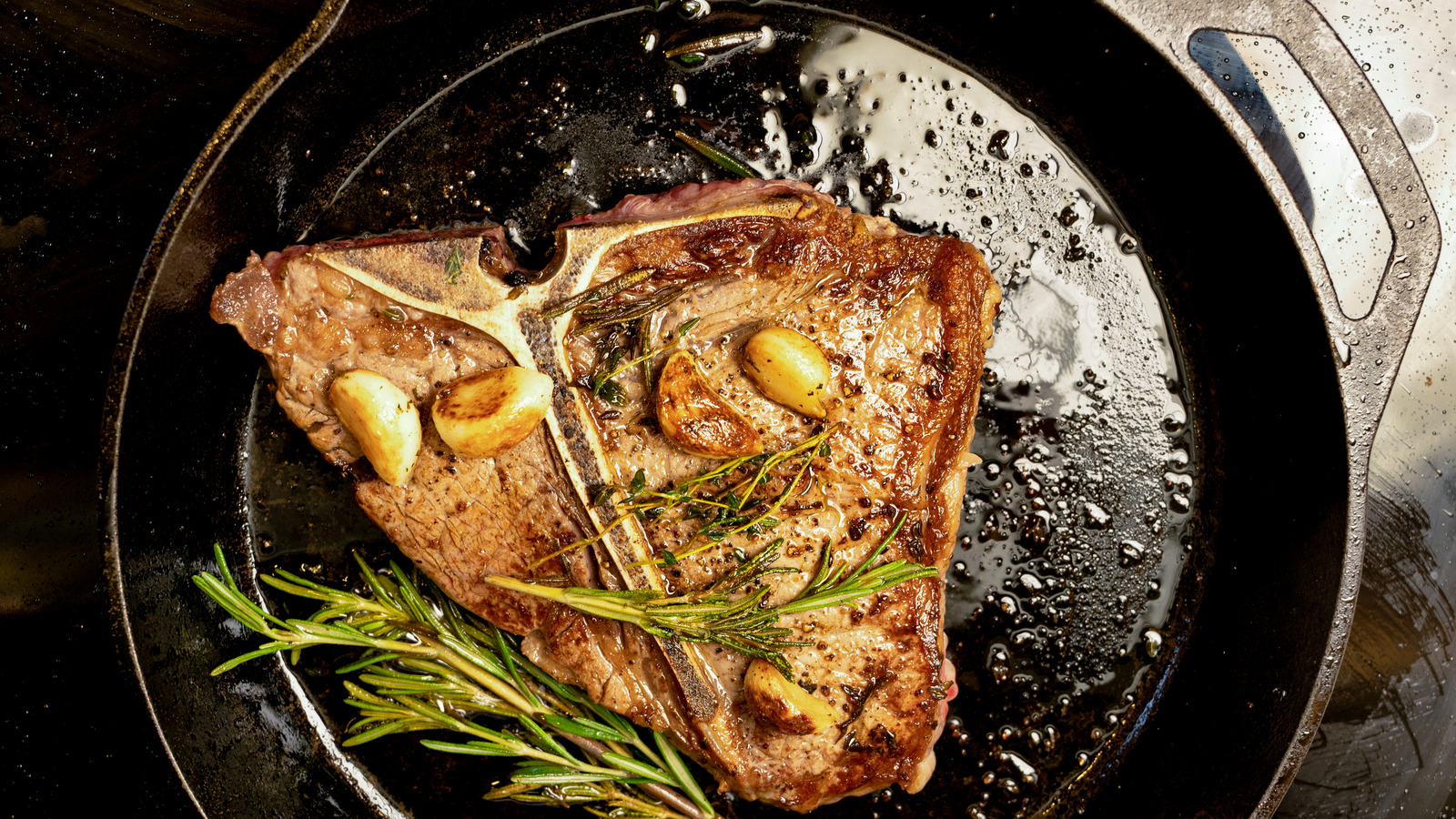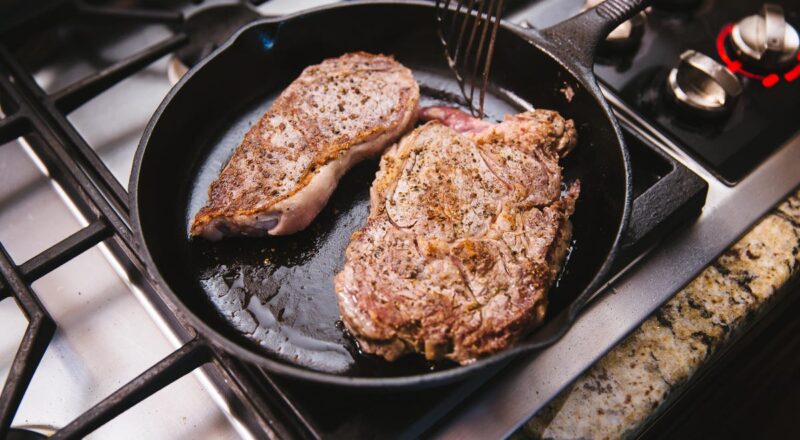A cast iron skillet is an indispensable tool in many kitchens due to its versatility and durability. One essential skill you need to master for best results is deglazing. Understanding how to deglaze a cast iron skillet efficiently can elevate your cooking by helping you create delicious sauces and ensuring easy cleanup. In this article, well explore everything you need to know about deglazing, from the science behind it to practical steps, using tremendous tips and techniques to get it right every time.

What is Deglazing?
Deglazing refers to the process of adding liquid to a hot skillet to dissolve the browned bits left stuck to the bottom after cooking. These bits, known as fond, are packed with flavor and can be transformed into a delicious sauce. Deglazing is a simple technique, but it can make a big difference in your culinary endeavors.

Why is Deglazing Important?
Deglazing plays an important role in both flavor development and cleaning. It helps in:
- Enhancing flavor: The brown bits (fond) are rich in flavor and can be incorporated into sauces and gravies.
- Easy cleaning: Deglazing helps loosen stuck-on bits, making cleanup much easier.

The Science Behind Deglazing
The key to effective deglazing lies in understanding the chemistry of the process. When food is cooked, proteins and sugars on its surface undergo what is known as the Maillard reaction. This reaction results in the formation of brown bits, or fond, at the bottom of your skillet.
The Maillard Reaction
The Maillard Reaction is a complex series of chemical reactions between amino acids and reducing sugars that give browned food its distinctive flavor. It occurs when food is cooked at high temperatures, resulting in those delicious, browned bits of fond.
Steps to Deglaze a Cast Iron Skillet
Deglazing a cast iron skillet is an easy process, but doing it correctly ensures you maximize flavor and make cleanup easier. Heres a step-by-step guide:
1. Prepare Your Ingredients
Before you begin, make sure you have your deglazing liquid ready. Suitable liquids include stock, wine, beer, or even water. The choice of liquid will affect the flavor of your sauce.
2. Remove Excess Fat
After cooking your food, pour off any excess fat from the skillet, leaving just a thin layer for deglazing.
3. Heat the Skillet
Return the skillet to the heat. Use medium-high heat to warm it up. You want it hot, but not scorching.
4. Add the Liquid
Carefully pour in your chosen deglazing liquid. Start with a small amount, usually about a quarter to half a cup.
5. Scrape the Fond
Use a wooden spoon or spatula to scrape up the browned bits as the liquid simmers.
6. Reduce the Sauce
Allow the liquid to simmer and reduce if youre making a sauce, concentrating the flavor.
Choosing the Right Liquids
Your choice of deglazing liquid will greatly influence the final flavor of your dish. Here are some common options:
- Stock: Chicken, beef, or vegetable stock adds depth to your sauce.
- Wine: Red or white wine can impart a complex, rich flavor.
- Beer: Adds a distinct taste, perfect for heartier dishes.
- Water: A good neutral option if no other liquids are available.
Wine
Wine is a classic deglazing liquid that adds richness and depth to sauces. Red wine works well with red meats while white wine is better suited for poultry and seafood.
Stock
Stock is another excellent option, adding body and flavor without the acidity of wine.
Common Mistakes to Avoid
Although deglazing is a straightforward technique, there are some common mistakes to avoid:
- Using too much liquid: You only need a small amount to deglaze effectively.
- Not scraping the fond: The browned bits need to be fully scraped up to incorporate their flavor.
- Overheating the skillet: Keep the heat at medium-high to avoid burning the fond.
Caring for Your Cast Iron Skillet
Maintaining a well-seasoned cast iron skillet is essential. Here are some tips to ensure your skillet remains in top condition:
Seasoning
Regularly season your skillet to maintain its non-stick surface. Apply a thin layer of vegetable oil and bake it upside down in the oven at 375F for an hour.
Cleaning
Avoid using harsh detergents. Instead, clean your skillet with hot water and a stiff brush.Read this guide on cleaning for more detailed instructions.
Advanced Tips and Tricks
Want to take your deglazing skills to the next level? Here are some advanced tips:
- Add aromatics: Garlic, onions, and herbs can elevate your sauce.
- Use a whisk: A whisk can help emulsify your sauce better than a spoon.
Adding Aromatics
Adding garlic, onions, or fresh herbs while you deglaze can enhance the complexity of your sauce.
Frequently Asked Questions (FAQs)
What is the best liquid to use for deglazing?
There is no best liquid, but wine and stock are popular choices. Your choice should depend on the flavor profile you wish to achieve.
Can you deglaze a cast iron skillet with water?
Yes, you can deglaze with water. However, water will not add as much flavor as stock or wine.
Does deglazing work on all types of pans?
While deglazing is traditionally done with cast iron, you can use this technique with other types of pans, including stainless steel.Many types of Skillets could be deglazed.
As an Amazon Associate, I earn from qualifying purchases.

